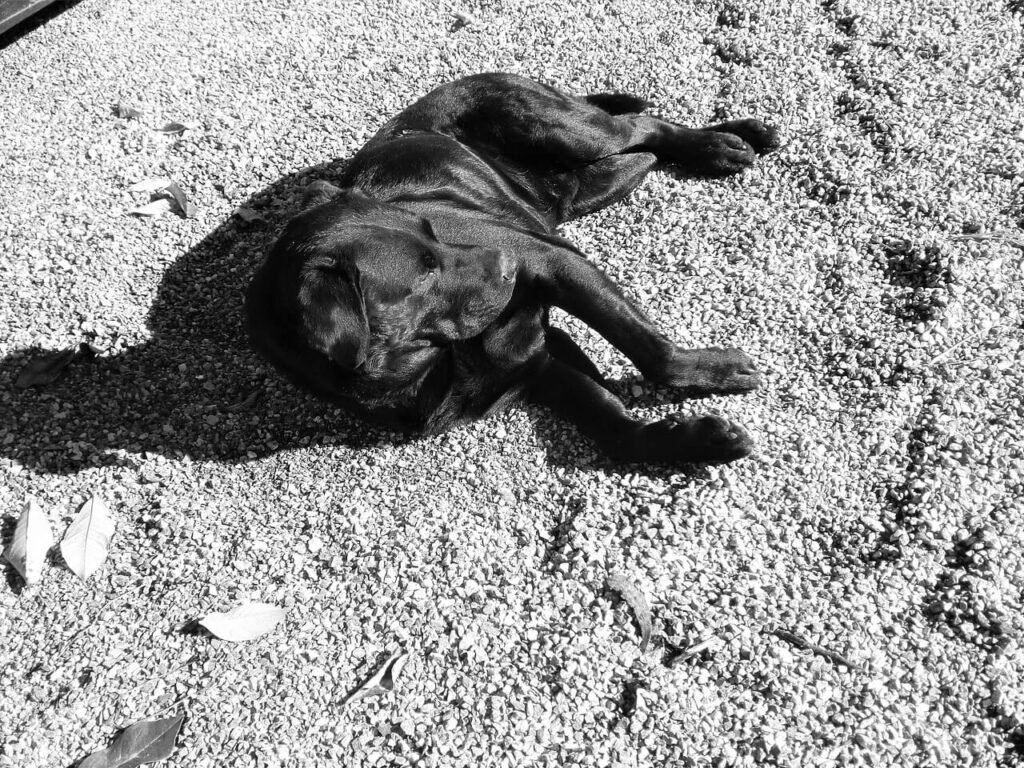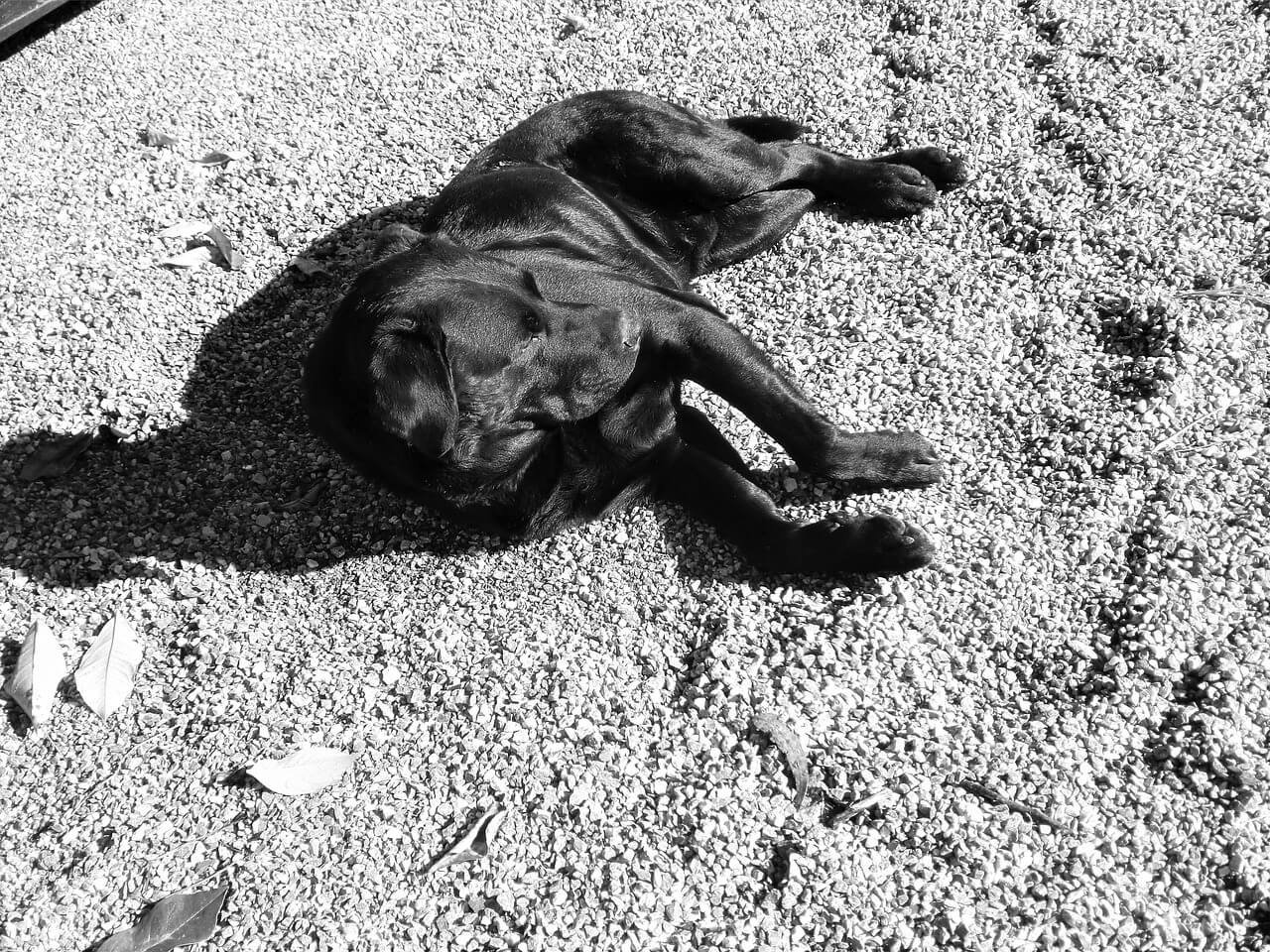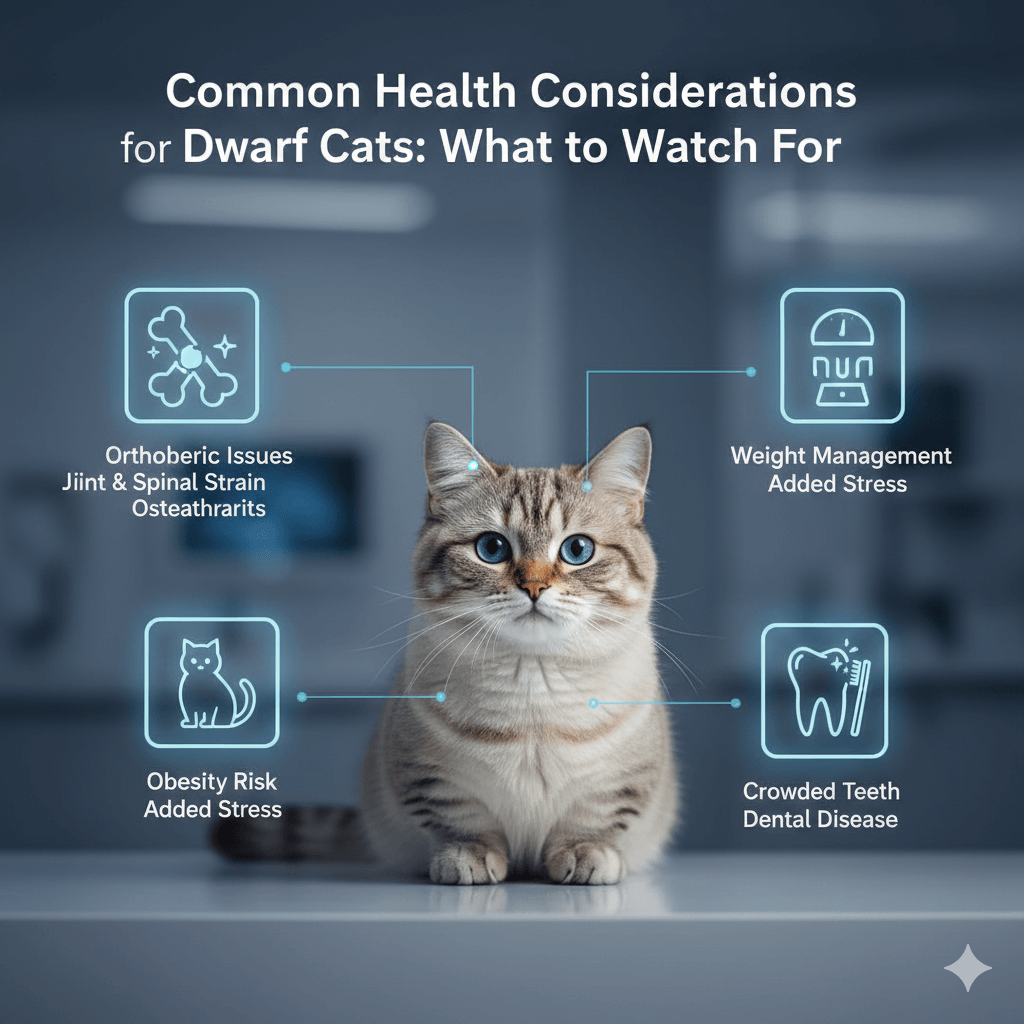Understanding Dog Panting After Surgery
If you’ve recently brought your furry friend home after surgery, you may notice them panting more than usual. Dog panting after surgery is a common behavior, but it can sometimes raise concerns for pet owners. While panting is often a normal response to stress, pain, or recovery, it’s essential to understand the underlying reasons and know when it might indicate a problem. In this blog post, we’ll explore why dogs pant after surgery, how to differentiate between normal and abnormal panting, and what steps you can take to ensure your pup recovers comfortably. By staying informed, you can provide the best care for your dog during their healing process.
Why Do Dogs Pant After Surgery?
Panting is a natural behavior for dogs, but after surgery, it can have several causes. Understanding these reasons can help you determine whether your dog’s panting is normal or requires attention.
Post-Surgical Pain
Pain from the surgical site can cause discomfort, leading to increased panting as a sign of distress.Anesthesia Side Effects
Anesthesia can leave dogs feeling disoriented or nauseous, which may result in excessive panting as their body adjusts.Stress and Anxiety
The unfamiliar environment of a veterinary clinic or hospital can trigger stress, causing your dog to pant as a coping mechanism.Temperature Regulation
During recovery, dogs may struggle to regulate their body temperature, especially if they’re lying in one position for too long.Medication Reactions
Some medications prescribed after surgery can cause side effects like panting as the body processes them.
While panting is often harmless, it’s important to monitor your dog closely and consult your vet if the behavior seems unusual or excessive. Recognizing these potential causes can help you better understand your dog’s needs during recovery.
Signs That Dog Panting After Surgery Is Normal
Not all panting after surgery is a cause for concern. Here are some signs that your dog’s panting is likely part of the normal recovery process:
Gradual Decrease Over Time
If the panting becomes less frequent as your dog adjusts to being home, it’s usually a good sign they’re recovering well.Accompanied by Calm Behavior
A relaxed demeanor, such as lying down comfortably or resting quietly, suggests the panting isn’t due to pain or distress.Temporary Response to Activity
Mild panting after short movements, like standing up or walking, is normal as your dog regains strength.Consistent Eating and Drinking
If your dog is eating, drinking, and using the bathroom normally despite panting, it’s likely not a serious issue.No Other Symptoms Present
The absence of additional signs like vomiting, lethargy, or excessive drooling indicates the panting is probably harmless.
When these signs are present, your dog’s panting is likely part of their natural recovery process. However, always stay vigilant and seek advice if you’re unsure.
Check this guide 👉Why Is My Dog Panting at Night? Best 7 Tips for Calm Rest!
Check this guide 👉Why Is My Dogs Mouth Open But Not Panting? Best 7 Tips!
Check this guide 👉Why Wont My Dog Stop Panting? Best 7 Expert Tips!

Normal Reasons for Panting After Surgery | Abnormal Reasons for Panting After Surgery |
|---|---|
Adjusting to anesthesia side effects | Excessive pain at the surgical site |
Stress from the hospital environment | Signs of an allergic reaction to medication |
Regulating body temperature | Difficulty breathing or labored panting |
Temporary disorientation | Vomiting or diarrhea accompanying panting |
Mild activity during recovery | Lethargy or refusal to eat or drink |
How to Help Your Dog Recover Comfortably
As a pet owner, there are several ways you can support your dog’s recovery and minimize excessive panting after surgery. Here are some practical tips:
Provide a Quiet, Comfortable Space
Set up a calm area where your dog can rest without disturbances, helping reduce stress-related panting.Monitor Temperature
Ensure the room is neither too hot nor too cold, as extreme temperatures can worsen panting during recovery.Administer Pain Relief as Directed
Follow your vet’s instructions for pain management to keep your dog comfortable and minimize distress.Limit Physical Activity
Restrict movement and exercise to prevent strain on the surgical site, which could lead to increased panting.Offer Gentle Reassurance
Speak softly and spend time near your dog to provide comfort and ease anxiety during their recovery.
By taking these steps, you can create a supportive environment that promotes healing and reduces unnecessary panting. Remember, patience and attentiveness are key to a smooth recovery.
When to Contact Your Veterinarian
While some panting is normal, certain signs indicate that your dog may need immediate veterinary attention. Here’s what to watch for:
Persistent or Worsening Panting
If the panting doesn’t improve or becomes more intense over time, it could signal an underlying issue.Labored Breathing or Wheezing
Difficulty breathing or unusual sounds while panting may indicate respiratory problems or complications.Excessive Swelling or Bleeding
Swelling around the surgical site or bleeding could mean an infection or other complication requiring urgent care.Lethargy or Weakness
A lack of energy or inability to move could suggest your dog is in significant pain or distress.Loss of Appetite or Vomiting
Refusing food or frequent vomiting alongside panting may point to a serious condition needing prompt treatment.
If you notice any of these symptoms, don’t hesitate to contact your veterinarian. Early intervention can make a significant difference in your dog’s recovery.
Preventing Excessive Panting After Surgery
While some panting is unavoidable, there are proactive steps you can take to minimize excessive panting and ensure a smoother recovery for your dog. Here are some preventive measures:
Prepare a Recovery Space in Advance
Set up a quiet, cozy area with soft bedding and familiar items like their favorite blanket or toy to reduce stress.Follow Post-Surgery Instructions Carefully
Adhere to all guidelines provided by your vet, including medication schedules and activity restrictions.Keep the Environment Calm
Limit noise, visitors, and other pets to create a peaceful atmosphere that promotes relaxation.Monitor Your Dog’s Temperature
Use fans or heaters as needed to maintain a comfortable room temperature, preventing overheating or chilling.Offer Small Meals and Water Gradually
Start with small portions of food and water to avoid overwhelming their system, which can contribute to panting.
By taking these precautions, you can help reduce unnecessary panting and create a supportive environment for your dog’s recovery. Prevention is always better than dealing with complications later.
Common Mistakes to Avoid During Recovery
Even well-meaning pet owners can make mistakes that may prolong their dog’s discomfort or worsen panting after surgery. Avoid these common pitfalls to ensure a smooth healing process:
Allowing Too Much Activity Too Soon
Encouraging play or exercise before your dog is ready can strain their body and increase panting due to pain or fatigue.Skipping Pain Management
Failing to administer prescribed pain medications on time can leave your dog in discomfort, leading to excessive panting.Ignoring Signs of Discomfort
Overlooking subtle signs like restlessness or whining can delay addressing underlying issues causing panting.Overlooking Hydration Needs
Not ensuring your dog drinks enough water can lead to dehydration, which may exacerbate panting and other symptoms.Rushing the Recovery Process
Pushing your dog to return to normal activities too quickly can hinder healing and cause unnecessary stress.
By avoiding these mistakes, you’ll give your dog the best chance at a speedy and comfortable recovery. Patience and attentiveness are key during this critical time.
Fun Ways to Keep Your Dog Mentally Stimulated While Recovering
Recovery doesn’t have to be boring! Keeping your dog mentally engaged can reduce stress and prevent behaviors like excessive panting caused by boredom. Here are some safe and enjoyable activities:
Interactive Puzzle Toys
Use treat-dispensing puzzles to stimulate your dog’s mind while keeping them calm and focused.Gentle Training Sessions
Practice simple commands like “sit” or “stay” from a seated position, rewarding them with praise or small treats.Scent Games
Hide treats around the recovery area (within easy reach) and encourage your dog to sniff them out for mental stimulation.Soft Chew Toys
Provide soft, safe toys that your dog can gnaw on gently without straining their body.Quiet Time Together
Spend quality time reading, talking, or simply sitting near your dog to provide comfort and companionship.
These activities not only keep your dog entertained but also strengthen your bond during their recovery period. A happy, engaged dog is less likely to exhibit stress-related panting, making recovery more enjoyable for everyone involved.
FAQ
Is it normal for my dog to pant a lot after surgery?
Yes, mild panting is common due to pain, stress, or anesthesia side effects, but excessive panting should be monitored.
How long will my dog pant after surgery?
Panting typically decreases within 24–48 hours as your dog adjusts, but prolonged panting may require veterinary attention.
Can I give my dog pain medication to stop panting?
Only administer medication prescribed by your vet, as improper dosing can lead to complications.
Should I be worried if my dog pants at night after surgery?
Nighttime panting is often normal, but if it’s accompanied by other symptoms like restlessness or crying, consult your vet.
What can I do to calm my dog’s panting after surgery?
Provide a quiet space, monitor their temperature, and follow your vet’s care instructions to keep them comfortable.
Supporting Your Dog Through Recovery
Panting after surgery is a natural response for many dogs, but understanding its causes and monitoring your pet’s behavior is crucial for ensuring a smooth recovery. By recognizing the difference between normal and abnormal panting, providing a comfortable environment, and seeking veterinary advice when needed, you can help your dog heal safely and comfortably. Remember, your love and care play a vital role in their journey back to health. With patience and attention, your furry friend will soon be back to their happy, energetic self!
Is Royal Canin Good Cat Food? Best 7 Expert Tips! Learn the truth about this brand & get vet-approved advice on feeding, ingredients, and tailored formulas.
Dwarf Cat Lifespan: Best 7 Expert Tips! Discover how to ensure a long, healthy, and happy life for your short-legged feline companion.
Blue Buffalo Cat Food: Best 7 Expert Tips! Discover how to choose the right formula, feeding strategies, and nutritional benefits for your feline friend.
Canned Pumpkin for Cat Diarrhea: Best 7 Expert Tips! Natural remedy to firm stools, soothe upset bellies, and support gut health safely.





